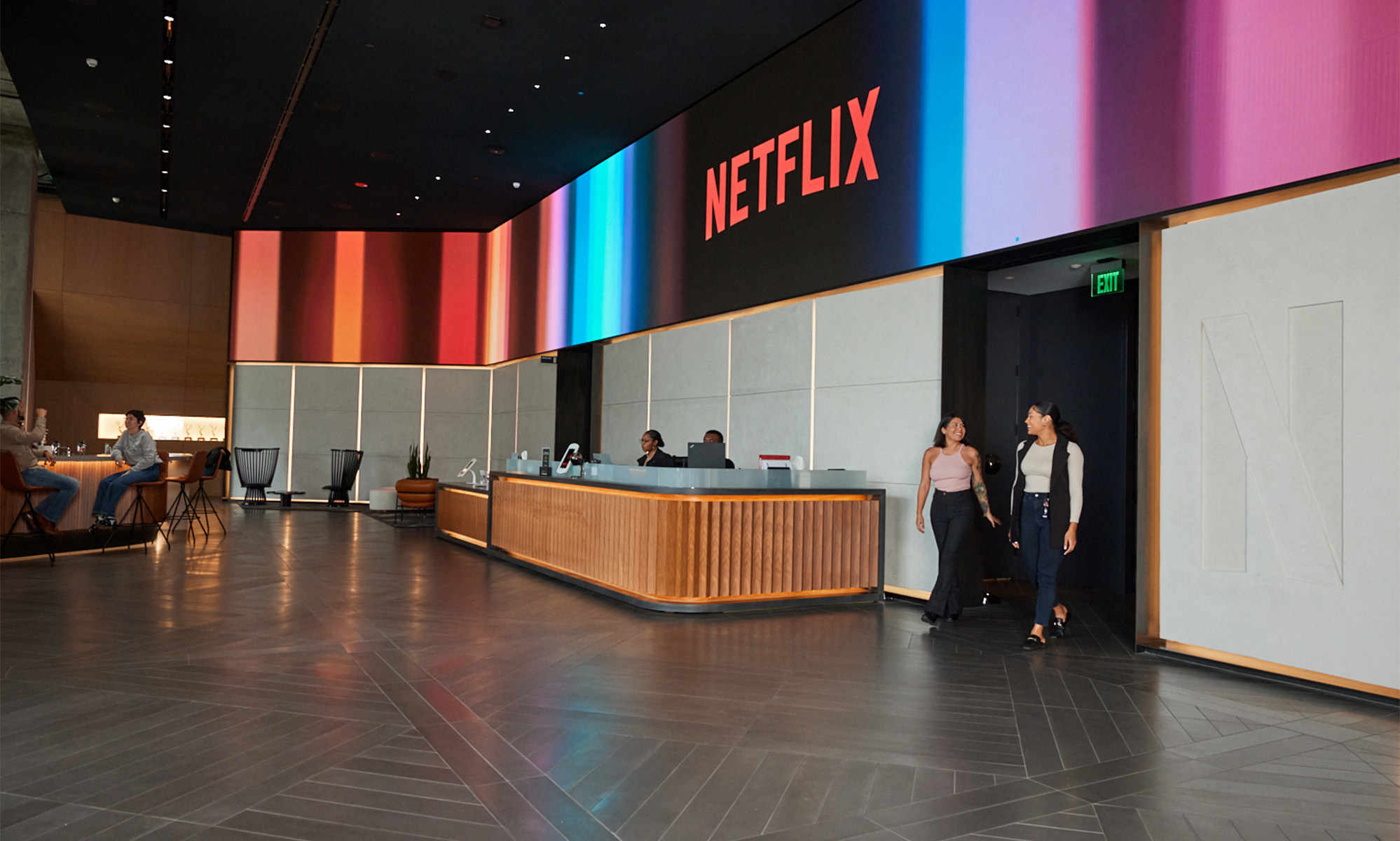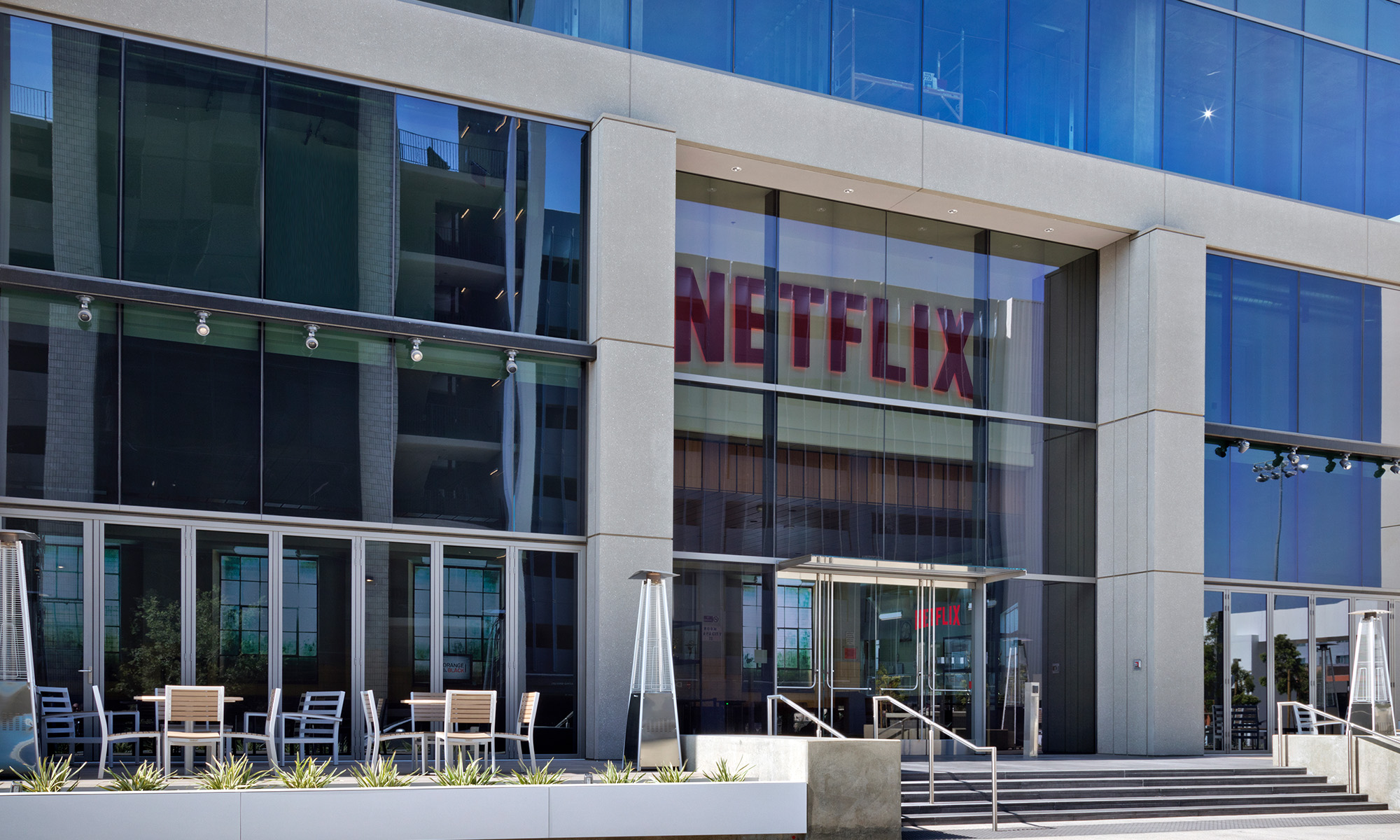Netflix (NFLX +0.93%) is a controversial stock in the investment community for several reasons, not least of which is the increasing number of rival offerings from Disney (DIS +0.23%), Apple (AAPL +0.31%), AT&T's HBO Max, Comcast's Peacock, and others. Some of Netflix's licensed content has already been pulled from the service as it finds its way to those competing platforms. On the other hand, Netflix has 158 million subscribers and counting, which allows it to outspend its streaming peers by several billion dollars annually.
The company reports its fourth-quarter results on January 21 after the close. Here are my three questions for CEO Reed Hastings as the earnings release approaches.
1. What impact has the new competition had on subscriber retention?
This is the question on everyone's minds these days, since both Apple TV+ and Disney+ launched in November. Netflix's management has been respectful of the new competition but fairly dismissive of its potential impact. Its argument is that there is already plenty of competition in the marketplace, from the likes of Amazon Prime Video, Hulu, HBO, YouTube, cable television, and even gaming. Therefore, additional competition would be unlikely to make a meaningful difference for Netflix. Instead, it would have a much larger impact on cable television as the cord-cutting trend continues. Plus, all these streaming services have very different content, which makes them more like complements than substitutes. That explains why many households subscribe to more than one service.
It's probable the answer to this question will be "not much," considering management has given us three clues suggesting as much in the weeks since these two major launches. Hastings and Chief Content Officer Ted Sarandos made comments in November and December, respectively, suggesting it has been business as usual at Netflix since the two services made their debut, and news broke in December that Netflix's internal subscriber data showed the new competition has had no impact on Netflix's subscriber metrics.

Image source: Netflix.
2. How has subscriber engagement changed, if at all, since the new streaming services launched?
Reed Hastings has always said that viewing hours is the most important indicator of health for the business. After all, the more a subscriber uses a service, the more likely they are to remain a subscriber. That's why engagement drives subscriber retention, and subscriber retention helps drive net subscriber growth, which powers revenue growth. That revenue growth increases the company's ability to spend even more on content, which makes Netflix an even better service, which leads to even more subscriber gains, and the cycle repeats. That's Netflix's flywheel, and that's why subscriber engagement is so important to the company.
So even if there hasn't been any impact on actual subscriber retention since Apple and Disney rolled out their services, if there's been a noticeable dip in engagement, it could be a leading indicator of issues to come. On the other hand, if there's been no dip in engagement, that would be very bullish for Netflix and its future pricing power.
3. How are the cheaper mobile-only plans doing in India, Malaysia, and the Philippines?
Netflix has three different service offerings in each of the countries in which it competes: Basic, Standard, and Premium. In the United States, prices for those tiers are $8.99, $12.99, and $15.99 per month, respectively, but the prices vary around the world. In India, for example, the three tiers cost 499, 649, and 799 rupees per month, equivalent to $7.06, $9.18, and $11.30 per month at current exchange rates. But last year, Netflix rolled out less expensive mobile-only plans in India and now has similar plans for Malaysia and the Philippines as well. The cheaper mobile-only plan in India costs 199 rupees, or $2.82 per month.
Mihir Shah, Media Partners Asia vice president for India, estimated Netflix added about one million new paying subscribers in India last year, about half of whom signed up for the new mobile-only plan. That's a decent start but the big question is, how many of India's roughly 478 million smartphone owners will subscribe over time? And how many of them will eventually upgrade to Netflix's traditional higher-priced tiers, which allow streaming on television screens? India is a massive market with huge growth potential for Netflix. Hopefully, management will answer this question and my others for investors on their upcoming conference call.








